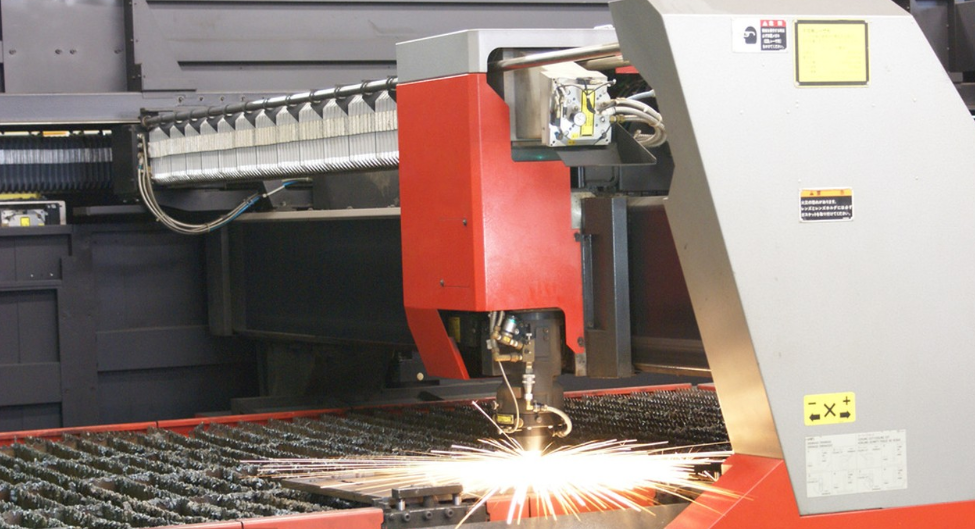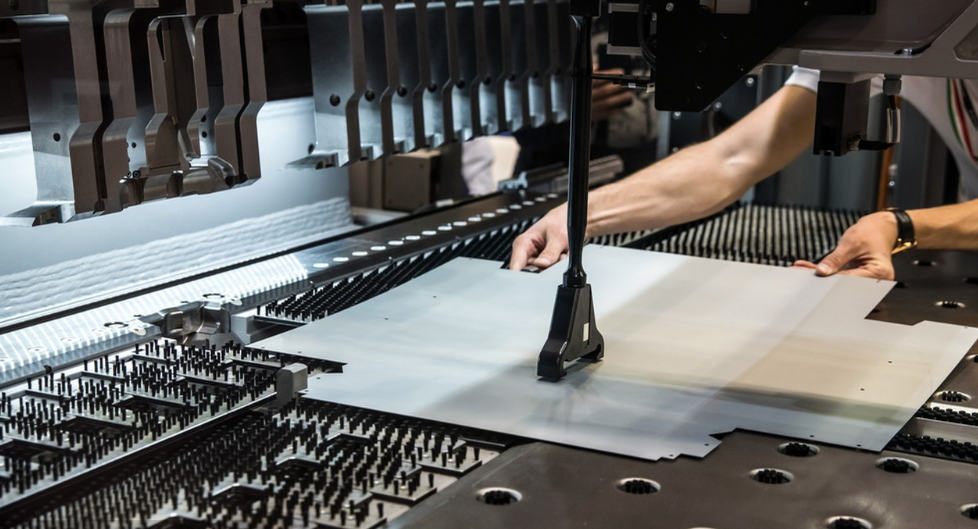Noise pollution is a major problem in sheet metal fabrication industries. The noise produced by metalworking machines and equipment can cause hearing damage, stress, and fatigue for workers, and can even lead to permanent hearing loss. In this article, we will discuss some tips to help solve noise pollution in sheet metal fabrication.

1. Identify the Sources of Noise
The first step in solving noise pollution is to identify the sources of noise. You can use a sound level meter to measure the noise level of each machine or equipment. This will help you determine which machines produce the most noise and which ones need to be addressed first.
It is important to note that noise levels can vary depending on the type of machine, the materials being processed, and the surrounding environment. Therefore, it is crucial to conduct regular noise level measurements to identify the sources of noise accurately.
2. Upgrade the Machinery
Older machines tend to produce more noise than newer ones. Consider upgrading your machinery to newer models that are designed to produce less noise. Newer machines are also more efficient, which can result in cost savings in the long run.
When selecting new machinery, it is essential to consider the noise levels as one of the factors. Opt for machines that have noise-reducing features or that are designed to operate quietly.
3. Install Soundproofing Materials
One of the most effective ways to reduce noise pollution is to install soundproofing materials. These materials can be installed around the machines, on the walls, and on the ceiling to absorb and reduce noise. Some common soundproofing materials include acoustic foam, soundproof curtains, and mass-loaded vinyl.
When installing soundproofing materials, it is crucial to ensure that they are properly installed and maintained. Inadequate installation or maintenance can lead to reduced effectiveness of the materials, resulting in increased noise levels.

4. Implement a Hearing Conservation Program
A hearing conservation program is a comprehensive approach to reducing noise pollution and preventing hearing loss among workers. This program should include regular hearing exams, training on the proper use of hearing protection, and the use of noise-canceling headphones or earplugs.
It is essential to educate workers on the dangers of noise pollution and the importance of hearing conservation. This will help to create a culture of safety and encourage workers to take an active role in reducing noise pollution.
5. Encourage Regular Maintenance
Regular maintenance of machinery can help reduce noise pollution. Check for loose parts, worn-out belts, and other issues that can cause excessive noise. Proper lubrication and cleaning can also help reduce noise levels.
It is crucial to have a maintenance schedule in place to ensure that machinery is regularly checked and maintained. This will help to identify and address issues before they become major problems that can cause excessive noise pollution.
In conclusion, noise pollution can have a negative impact on the health and well-being of workers in sheet metal fabrication industries. By identifying the sources of noise, upgrading machinery, installing soundproofing materials, implementing a hearing conservation program, and encouraging regular maintenance, you can help reduce noise pollution and create a safer and healthier work environment.


